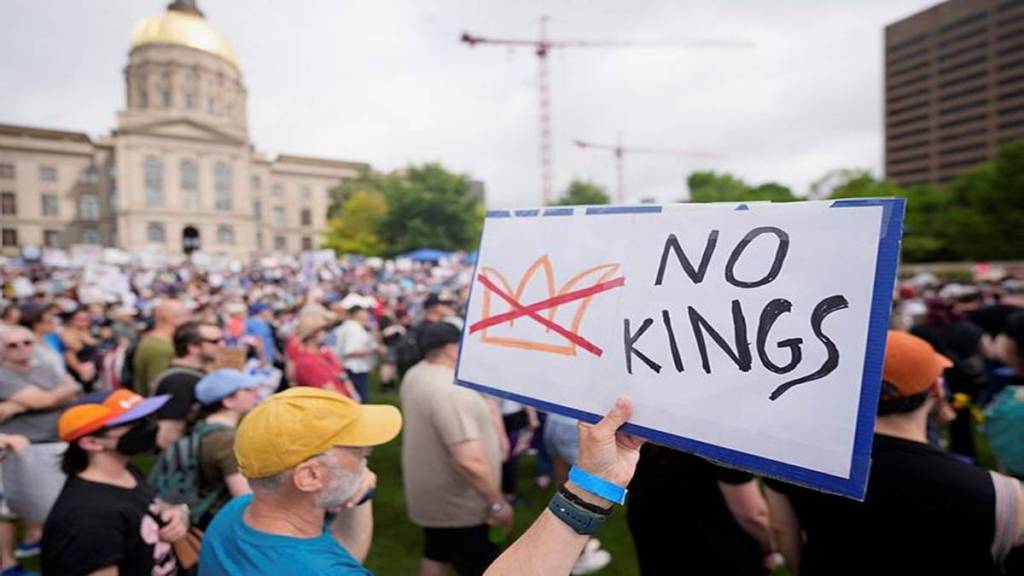Washington, DC witnessed a powerful display of military might on Saturday as President Donald Trump led a grand parade celebrating the US Army’s 250th anniversary. But what was intended as a showcase of national pride unfolded against a backdrop of violent protests and political unrest, as demonstrators across the country rallied under the “No Kings” campaign.
The parade, featuring tanks, armored vehicles, and more than 7,000 troops, marched down Constitution Avenue, drawing thousands of onlookers. Observing from a bulletproof stand, President Trump declared, “Every other country celebrates their victories it’s about time America did too.”
Violence and unrest eclipse celebrations
However, the celebratory atmosphere was quickly overshadowed. Earlier in the day, a Democratic lawmaker was assassinated in Minnesota, while another was critically injured. The suspect remains at large. Simultaneously, mass protests erupted in major cities including Chicago, Los Angeles, and New York, marking the largest nationwide unrest since Trump’s return to office.
Los Angeles protest
In Los Angeles, protests turned tense as federal immigration raids provoked outrage. National Guard troops and US Marines were deployed to maintain order, a move sharply criticised by California Governor Gavin Newsom. Demonstrators outside a federal building chanted “Marines, get out of LA!” and “Shame! Shame!” as authorities used tear gas and flash bangs to disperse crowds.
Protesters across the country carried striking visuals and slogans: banners read “Where’s the due process?” and “No to Trump’s fascist military parade.” In Washington, a towering puppet of Trump wearing a crown and seated on a golden toilet drew crowds, while others waved LGBTQ pride flags or held signs like “I prefer crushed ICE” and “The invasion was HERE Jan. 6th, NOT in LA,” referencing both immigration policies and the Capitol riot.
Meanwhile, international tensions surged as Israel launched a second wave of airstrikes on Iran following Tehran’s retaliatory attack, raising fears of a broader regional conflict.
The Army’s commemorative event showcased both historic and modern military artillery. Initially scheduled for later in the day, the parade was moved to the morning due to forecasts of thunderstorms.
(With inputs from Associated Press)


